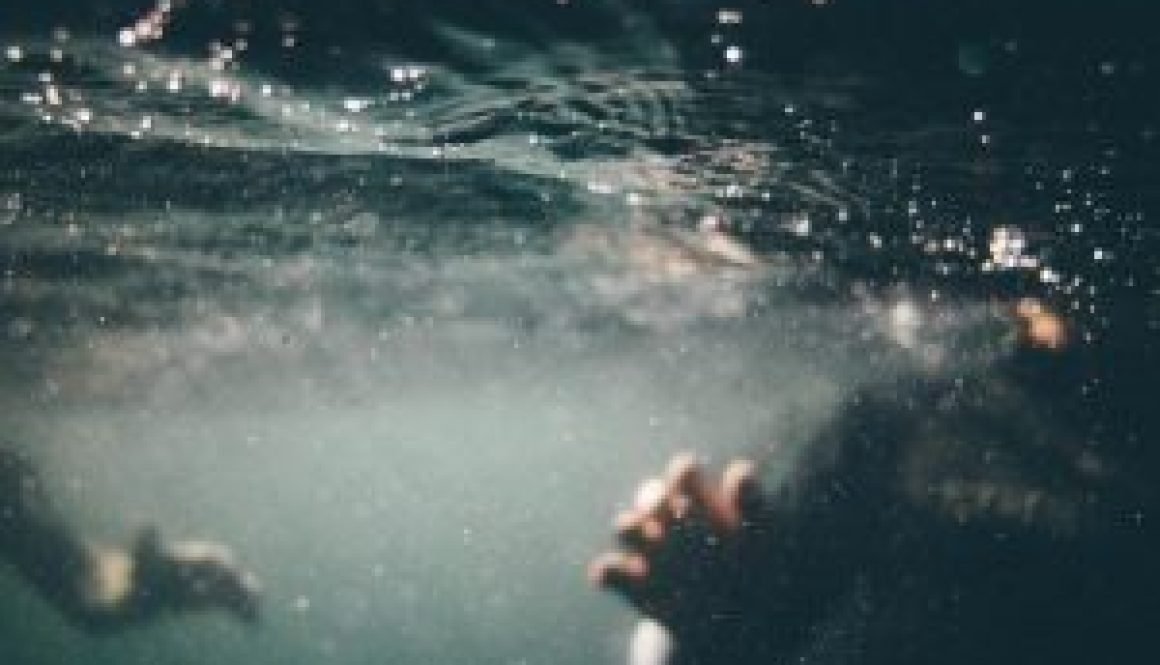Warning Signs of Near Drowning – What Every Parent Should Know
Did you know that every year, an estimated 320,000 people drown worldwide? The highest drowning rates are also among children 1 to 4 years old.
In particular, children have weak respiratory and circulatory systems. Because of this, they put themselves at risk. However, they still have the desire and strength to do the activities they love.
The signs of near drowning can be vague and hard to identify, but with just a few tips, you’ll better understand what to watch for. Keep reading to learn more about the cues you should look for when swimming with kids and how to prevent a near drowning.
Difficulty Breathing
If children are submerged in water, they can become injured or start panicking and struggle with breathing. Parents should pay attention to their children’s behavior if they cannot take a deep breath.
In severe cases, children may lose consciousness, become non-responsive, and require resuscitation. Parents should keep an eye out for any signs of breathlessness, as this can be a sign their child is having difficulty breathing underwater and may be experiencing a potential drowning situation.
Coughing
Coughing may indicate that water or some other foreign substance has entered the lungs, even if the person appears conscious and breathes normally. If a person is coughing after being submerged in water, then they should receive medical attention as soon as possible. Parents should monitor their children around water and keep a life jacket nearby to avoid accidents.
Confusion
Near drowning can lead to confusion in the individuals that experienced it. When the brain is deprived of oxygen, it can cause confusion, disorientation, and an inability to focus.
A child might be disoriented or unable to answer questions. They may also forget recent events or be unable to recognize familiar people or objects. It is essential to acknowledge confusion after near-drowning, as it can indicate more severe consequences and a need for medical intervention.
Exhaustion
If a child has been swimming or in the water for some time and is suddenly very tired after coming out, they should be monitored closely. Even if they don’t show any other signs of distress, fatigue or exhaustion can indicate trouble. If a young swimmer displays signs of exhaustion, it is best to take them out of the water for a moment and check for signs of shock or hypothermia.
Drowsiness
It is a common symptom of a victim who has recently been underwater due to the lack of oxygen absorbed by the lungs while underwater. Parents must be aware of the signs of drowsiness in a near-drowning victim, such as watery eyes, dazed looks, or confusion. In an emergency, it is better to have a CPR experience in drowning accidents; you may visit CPR AED Certification Online.
Understand Near Drowning to Prevent a Serious Accident from Happening
Near drowning is an emergency that every parent should take seriously. Parents should keep an eye out for mental and physical distress in individuals exposed to water and seek medical help immediately. Understanding the warning signs of near drowning can help save lives.
For more helpful guides and tips, check the rest of our site today.

